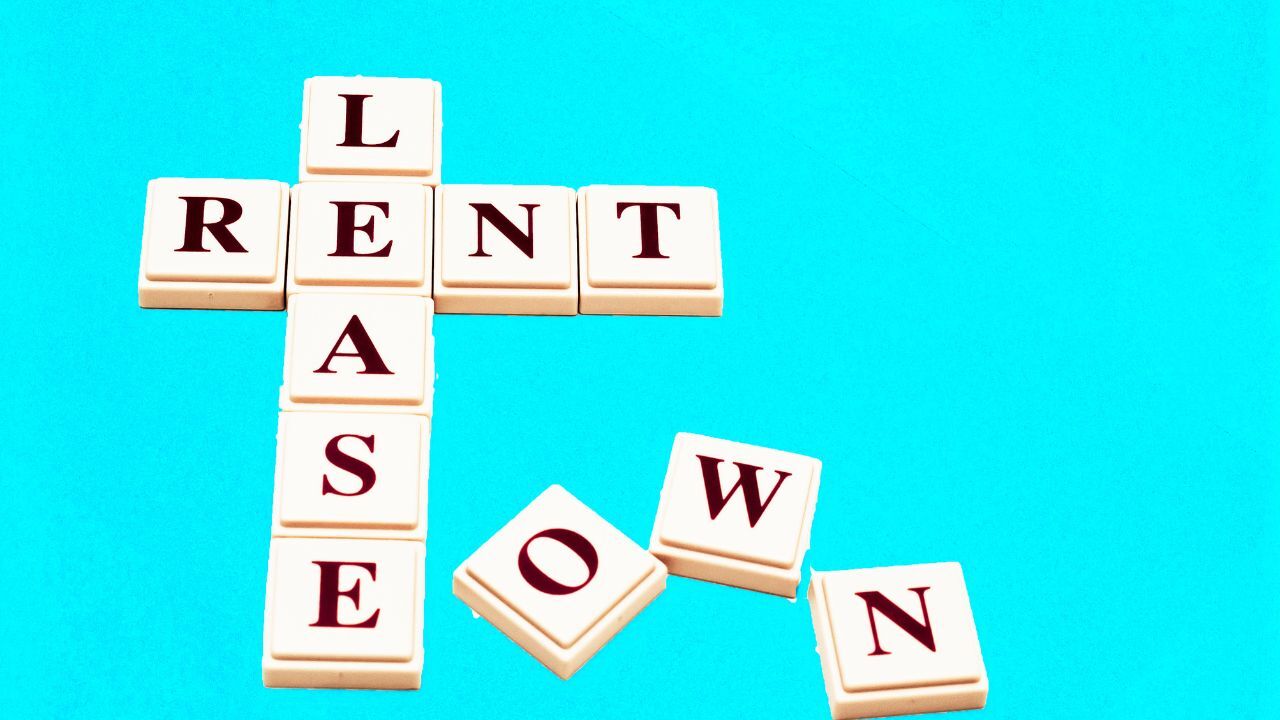 What started as a temporary solution during the pandemic has now become a permanent lifestyle for millions of people. Remote work, hybrid schedules, and flexible careers have transformed not just how we work, but how we live. Today’s homebuyers are looking for more than bedrooms and kitchens. They want functional spaces that support productivity, privacy, and comfort. A dedicated home office or flexible space is no longer a luxury, it is a necessity.
What started as a temporary solution during the pandemic has now become a permanent lifestyle for millions of people. Remote work, hybrid schedules, and flexible careers have transformed not just how we work, but how we live. Today’s homebuyers are looking for more than bedrooms and kitchens. They want functional spaces that support productivity, privacy, and comfort. A dedicated home office or flexible space is no longer a luxury, it is a necessity.
Why the Home Office Matters More Than Ever
The traditional spare bedroom with a desk in the corner is not enough for many buyers today. Home offices are expected to provide a true work environment. That means natural light, strong internet connectivity, and quiet areas away from household distractions. Buyers are paying close attention to floor plans that include built-in offices or dens, as well as properties with enough square footage to create a separate workspace. For families where more than one person works remotely, dual office setups are increasingly in demand.
Flexible Spaces and Multi-Use Rooms
Not every buyer wants or needs a single-purpose office. Many are asking for rooms that can adapt to different uses. A flexible space might serve as an office during the day, a guest room on weekends, or a homework area for kids in the evenings. Features such as sliding doors, built-in shelving, or multipurpose furniture allow one room to serve multiple functions. This versatility has become a selling point, especially in smaller homes where space must work harder.
Technology and Connectivity Expectations
Technology is another driving factor in today’s housing choices. Buyers expect reliable high-speed internet and strong Wi-Fi coverage throughout the home. Homes with pre-wired ethernet connections, soundproofing, and designated charging stations stand out in the market. Smart home features, from automated lighting to advanced HVAC systems, also appeal to remote workers who spend more hours at home each day.
Lifestyle and Well-Being Considerations
A home office is not just about work, it is about lifestyle. Buyers want spaces that promote balance and wellness. Large windows, views of the outdoors, and even access to patios or balconies can make a workday feel more enjoyable. Some buyers prioritize proximity to gyms, walking trails, or quiet neighborhoods to support a healthier work-life balance. The idea is to create a home that supports both productivity and relaxation.
What This Means for Buyers and Sellers
For buyers, it is important to think about how a home will support your work needs today and in the future. Ask yourself whether the floor plan offers space for one or two offices, whether the internet infrastructure is reliable, and how easily a room could adapt as your lifestyle changes. For sellers, highlighting office-ready spaces and showcasing flexibility can attract more interest and potentially increase value.
Finding the Right Fit
As a real estate professional, I have seen the demand for home offices grow dramatically in recent years. Whether you want a dedicated office, a flexible multi-use room, or simply a home with the technology to support remote work, the key is to find a property that matches your lifestyle. Work from home is no longer temporary. For many families, it is forever. And the right home can make all the difference.
 Moving day can be exciting, but it often comes with a lot of stress and unexpected challenges. Whether you are moving across town or to a new city, careful planning and organization are key to keeping the day running smoothly. With the right approach, you can reduce anxiety and make your move a positive experience.
Moving day can be exciting, but it often comes with a lot of stress and unexpected challenges. Whether you are moving across town or to a new city, careful planning and organization are key to keeping the day running smoothly. With the right approach, you can reduce anxiety and make your move a positive experience. In today’s competitive real estate market, many buyers are faced with the challenge of competing against cash offers. Cash buyers often have an advantage because their offers are faster, less likely to fall through, and more attractive to sellers. However, not having cash on hand does not mean you cannot succeed. With the right strategies and preparation, you can compete effectively and win your dream home.
In today’s competitive real estate market, many buyers are faced with the challenge of competing against cash offers. Cash buyers often have an advantage because their offers are faster, less likely to fall through, and more attractive to sellers. However, not having cash on hand does not mean you cannot succeed. With the right strategies and preparation, you can compete effectively and win your dream home. Searching for the perfect home can be frustrating when nothing seems to check all your boxes. Whether it is location, price, size, or style, the market may not always have exactly what you want at the moment. The good news is there are creative strategies you can explore to find a home that works for you, even if it is not exactly what you initially imagined.
Searching for the perfect home can be frustrating when nothing seems to check all your boxes. Whether it is location, price, size, or style, the market may not always have exactly what you want at the moment. The good news is there are creative strategies you can explore to find a home that works for you, even if it is not exactly what you initially imagined. Investing in real estate is often seen as a venture for those with significant capital, but that’s not always the case. Even with a limited budget, there are still opportunities to enter the real estate market and start building wealth. Whether you’re looking for passive income or long-term gains, here are some strategies to consider for investing in real estate on a budget.
Investing in real estate is often seen as a venture for those with significant capital, but that’s not always the case. Even with a limited budget, there are still opportunities to enter the real estate market and start building wealth. Whether you’re looking for passive income or long-term gains, here are some strategies to consider for investing in real estate on a budget. When buying a home, many factors need to be considered, and one that may not always come to mind right away is the driveway. If you’re looking at a property with a shared driveway, it’s important to understand how this shared space can affect your experience as a homeowner. While a shared driveway can be an attractive feature in some situations, it can also present challenges. Here are some tips to keep in mind when buying a home with a shared driveway.
When buying a home, many factors need to be considered, and one that may not always come to mind right away is the driveway. If you’re looking at a property with a shared driveway, it’s important to understand how this shared space can affect your experience as a homeowner. While a shared driveway can be an attractive feature in some situations, it can also present challenges. Here are some tips to keep in mind when buying a home with a shared driveway. Selling a home through probate can seem complicated, especially when you’re grieving the loss of a loved one. However, understanding the process can help alleviate some of the stress and ensure the sale goes smoothly. Probate is the legal process through which a deceased person’s estate is administered, and it includes the distribution of assets, including real property. If you’re the executor of an estate or a beneficiary, selling a home through probate requires following certain legal steps and working with the right professionals to ensure everything is handled correctly.
Selling a home through probate can seem complicated, especially when you’re grieving the loss of a loved one. However, understanding the process can help alleviate some of the stress and ensure the sale goes smoothly. Probate is the legal process through which a deceased person’s estate is administered, and it includes the distribution of assets, including real property. If you’re the executor of an estate or a beneficiary, selling a home through probate requires following certain legal steps and working with the right professionals to ensure everything is handled correctly. Buying a home is one of the biggest financial commitments most people make in their lifetime. While the process can be exciting, it is also full of important steps that protect your investment. One of the most critical yet sometimes overlooked steps is the home inspection.
Buying a home is one of the biggest financial commitments most people make in their lifetime. While the process can be exciting, it is also full of important steps that protect your investment. One of the most critical yet sometimes overlooked steps is the home inspection.
 When searching for a new home, buyers often get caught up in curb appeal, square footage, or how recently the roof was replaced. While those details are certainly important, focusing on the most impactful rooms inside the home can help determine whether a property will truly meet your needs and lifestyle. Here are the key rooms to evaluate carefully when buying a home.
When searching for a new home, buyers often get caught up in curb appeal, square footage, or how recently the roof was replaced. While those details are certainly important, focusing on the most impactful rooms inside the home can help determine whether a property will truly meet your needs and lifestyle. Here are the key rooms to evaluate carefully when buying a home.